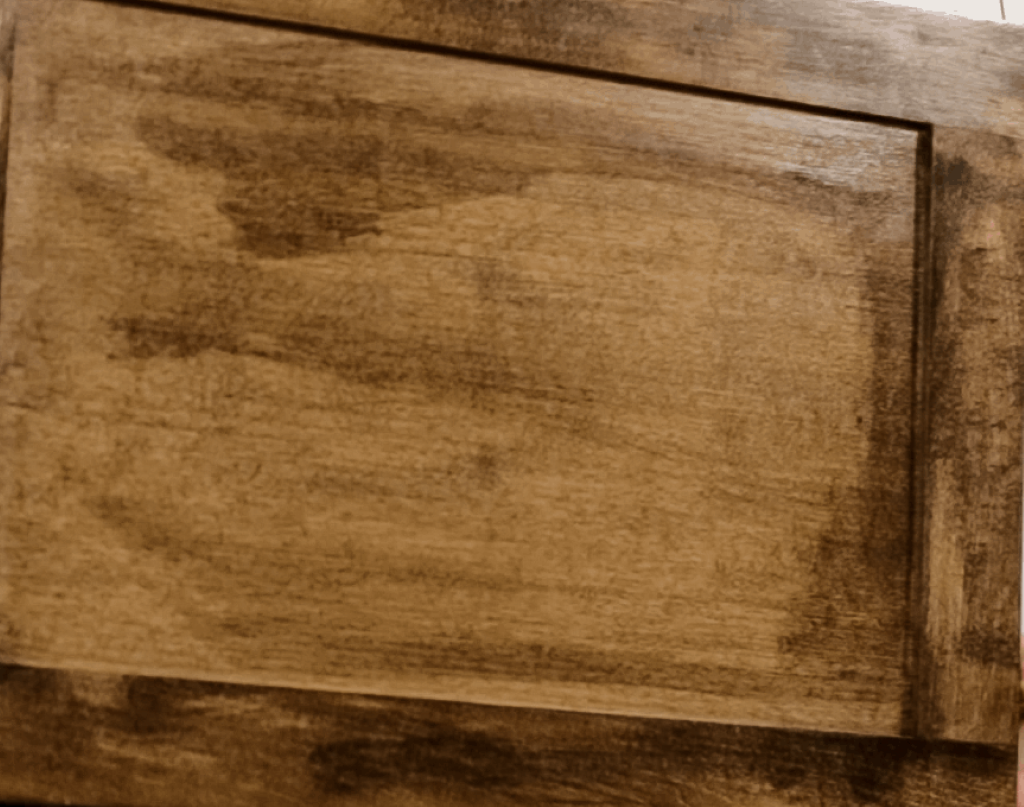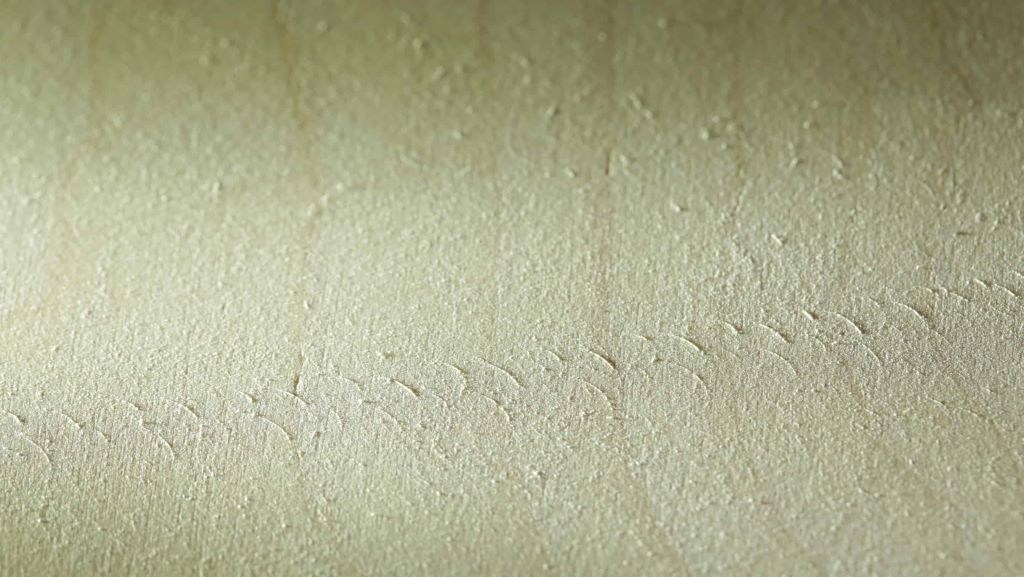The grit sequence you use when sanding wood has a significant impact on the final finish, especially with today’s modern wood finishes. These finishes, often water-based or oil-modified urethanes, are designed to be durable and highlight the natural beauty of the wood. A proper sanding progression ensures a smooth, even surface that allows these finishes to adhere correctly and look their best.
Here’s a breakdown of the effects of grit sequence on modern wood finishes:
Why Grit Sequence Matters
- Scratch Removal: Each grit of sandpaper leaves behind microscopic scratches. The purpose of a proper grit sequence is to progressively replace the deeper scratches of a coarser grit with the finer scratches of the next grit. Skipping grits leaves larger scratches that will be visible under the finish, detracting from the final appearance.
- Surface Smoothness: Modern finishes, particularly those with a higher sheen, will accentuate any imperfections in the wood surface. A well-executed grit sequence creates a uniformly smooth surface that allows the finish to flow out evenly, resulting in a flawless look.
- Finish Adhesion: While a super-smooth surface might seem ideal, the finish needs a certain amount of “tooth” or microscopic texture to properly adhere. Sanding to the correct final grit ensures the finish can mechanically bond with the wood. Over-sanding to very fine grits can close the wood pores too much, hindering adhesion, especially for oil-based finishes.
- Stain Absorption (if applicable): If you plan to stain the wood, the final sanding grit significantly affects how evenly the stain penetrates. Sanding too finely can burnish the wood surface, making it difficult for the stain to absorb uniformly, leading to blotchiness. The general recommendation for staining is to stop at around 180-220 grit for most hardwoods

Effects of Incorrect Grit Sequence
- Visible Scratches: Skipping grits will leave noticeable scratch marks that become amplified once the finish is applied. These scratches can run against the grain and be very unsightly.
- Uneven Finish: An improperly sanded surface can cause the finish to be absorbed unevenly, resulting in variations in sheen and color.
- Poor Adhesion: Over-sanding can lead to the finish not bonding properly with the wood, increasing the risk of peeling, chipping, or premature wear.
- Blotchy Stain: If staining, skipping grits or sanding too finely can lead to uneven stain absorption and a blotchy appearance.
- Increased Finishing Material Usage: An uneven surface may require more coats of finish to achieve a smooth and uniform look.
Importance of Grit Sequence
- Progressive Smoothing: The key is to move through the grits in a logical sequence, typically not skipping more than one grit size (e.g., 80 -> 120 -> 180 -> 220). Each grit removes the scratches left by the previous one.
- Avoiding Over-Sanding: Sanding beyond the recommended final grit for the specific finish type and wood species can be detrimental to adhesion and stain absorption.
- Manufacturer Recommendations: Always refer to the finish manufacturer’s guidelines for their recommended sanding preparation and final grit.

In conclusion, a meticulous and correct grit sequence is crucial for achieving a beautiful, durable, and long-lasting finish with today’s modern wood coatings. It ensures a smooth, defect-free surface that allows the finish to perform optimally and showcase the natural character of the wood. Always test your sanding sequence on a scrap piece of the same wood with the intended finish to ensure compatibility and achieve the desired results.

